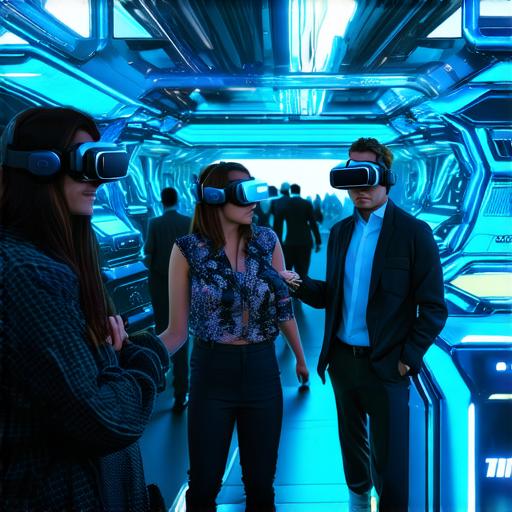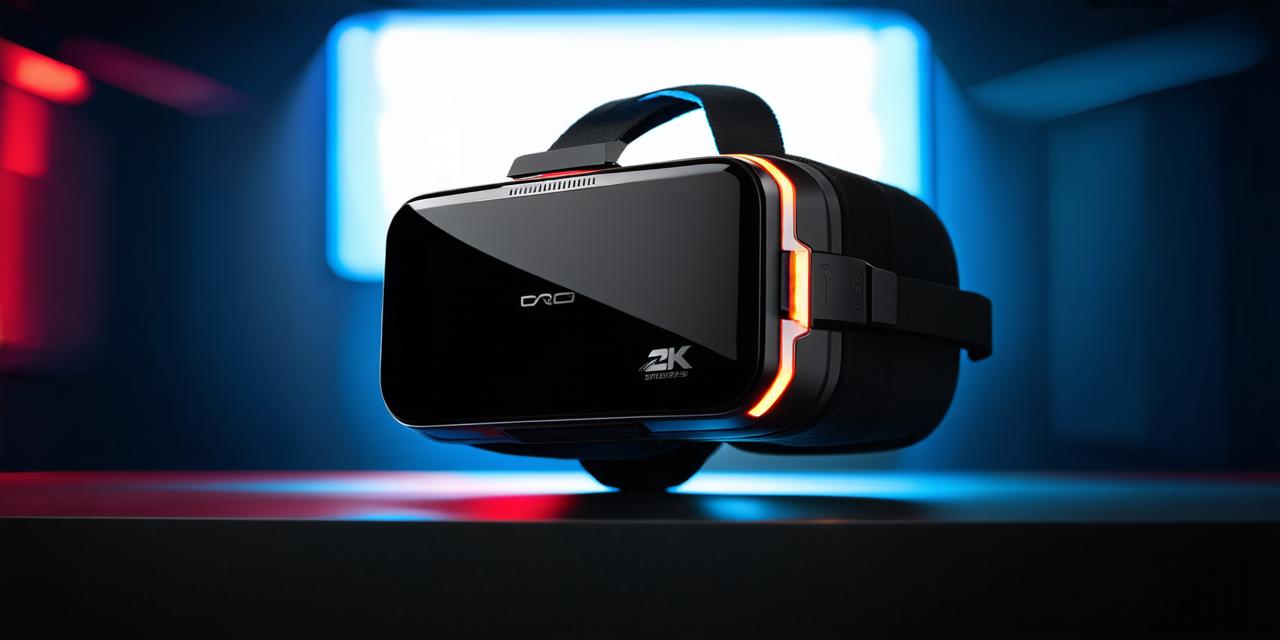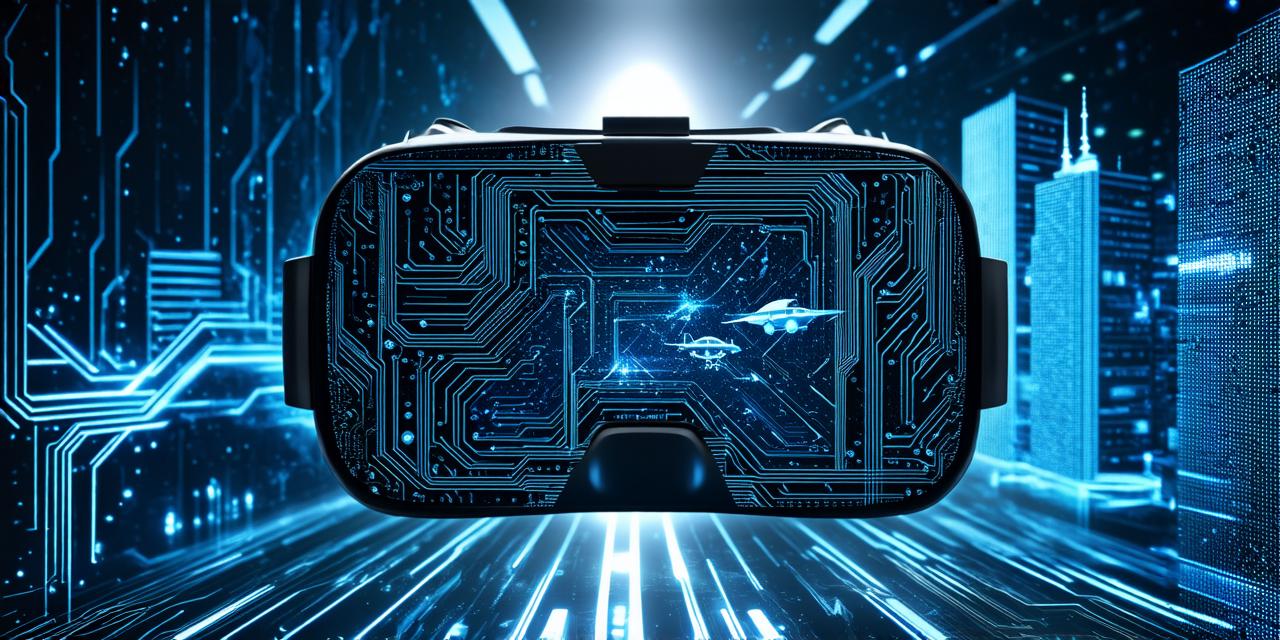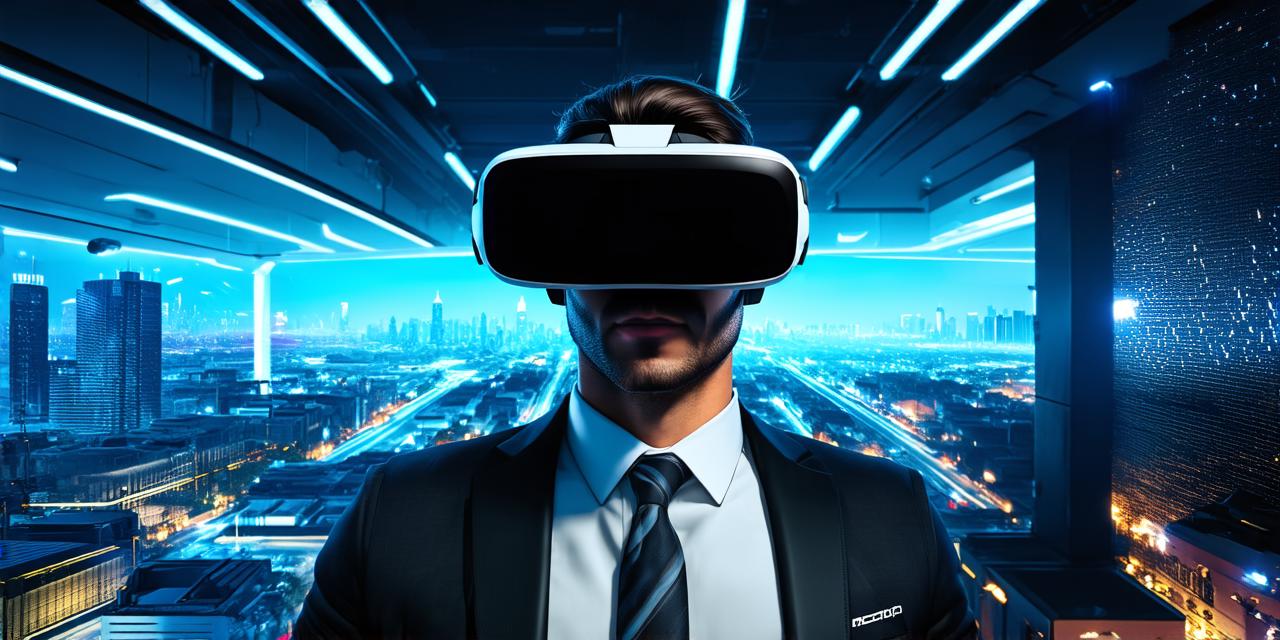Virtual reality (VR) is an emerging technology that has revolutionized the way we experience and interact with digital content. In just a few short years, VR has grown from a novelty to a mainstream form of entertainment and communication.
However, as we look ahead to the future of VR, it’s important to consider what the state of the technology will be in a decade.
One thing is certain: VR technology will continue to advance at a rapid pace. Already, we are seeing advancements in areas such as haptic feedback, eye-tracking, and motion capture. These technologies are allowing us to feel more immersed in virtual environments and interact with digital content in more intuitive ways.
Another key factor that will shape the future of VR is the growing popularity of augmented reality (AR) technology. AR is a related technology that overlays digital content onto the real world, allowing us to see and interact with virtual objects in our physical environment. As AR technology continues to improve, we can expect it to play an increasingly important role in the way we use VR.
One of the most exciting developments in the field of VR is the potential for it to be used in education and training. For example, VR simulations can be used to train doctors and surgeons to perform complex procedures with greater accuracy and precision. Similarly, VR simulations can be used to teach soldiers how to navigate and fight in virtual battlefields.
Another area where VR technology is expected to make a significant impact is in the field of entertainment. Already, we are seeing VR-powered video games that offer a more immersive and interactive gaming experience than traditional console games. In the future, we can expect to see even more innovative uses for VR in entertainment, such as virtual concerts and movies.
However, despite the potential of VR technology, there are still many challenges that need to be overcome before it reaches its full potential. One of the biggest challenges is the cost of VR hardware and software. Currently, VR systems can be quite expensive, which limits their accessibility to a wide audience.
As VR technology continues to advance, we can expect the cost of VR hardware and software to decrease, making it more accessible to a wider range of people.
Another challenge facing VR technology is the potential for motion sickness. For some users, the disconnect between their physical movements and their virtual surroundings can cause feelings of nausea and dizziness. As VR technology continues to advance, we can expect developers to find new ways to minimize these negative effects and create more immersive and comfortable virtual environments.
In conclusion, the future of virtual reality is bright. With ongoing advances in technology and growing interest from both consumers and businesses, we can expect VR to play an increasingly important role in our lives over the next decade. Whether it’s used for education, training, entertainment, or other purposes, VR has the potential to revolutionize the way we experience and interact with digital content. As we look ahead to the future of VR, we can only imagine the possibilities that lie ahead.
FAQ:
1. What are some common uses for virtual reality technology?
Virtual reality technology is commonly used in gaming, entertainment, education, training, and simulation industries.
2. How has virtual reality technology advanced in recent years?
VR technology has advanced through improvements in haptic feedback, eye-tracking, motion capture, and other areas that allow for more immersive and intuitive experiences.
3. What are some potential challenges facing virtual reality technology?
The cost of VR hardware and software can be high, limiting its accessibility to a wide audience. Additionally, motion sickness can be a negative effect for some users, which needs to be addressed by developers.
4. How might virtual reality technology impact the field of education and training?
Virtual reality simulations can be used to train doctors and surgeons, soldiers, and other professionals in a more accurate and precise way than traditional methods.
5. What are some potential uses for virtual reality technology in entertainment?

Virtual reality-powered video games offer a more immersive and interactive gaming experience than traditional console games. Additionally, we can expect to see even more innovative uses for VR in entertainment, such as virtual concerts and movies.




